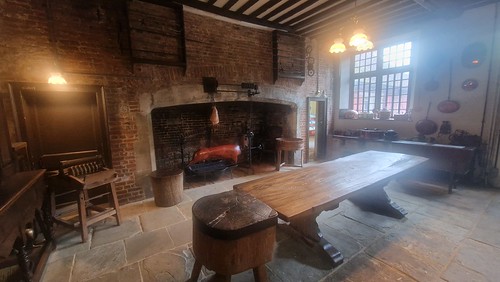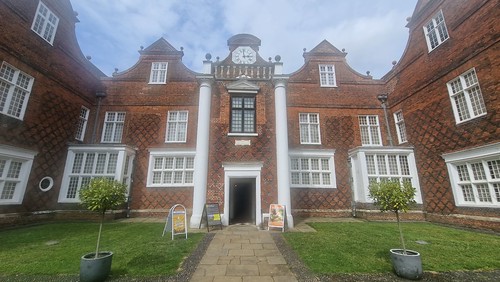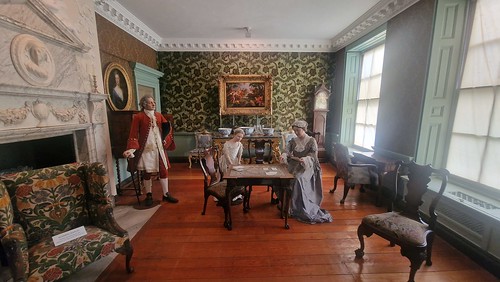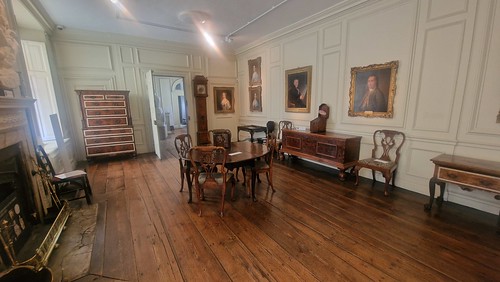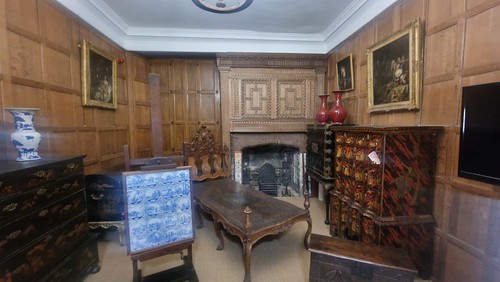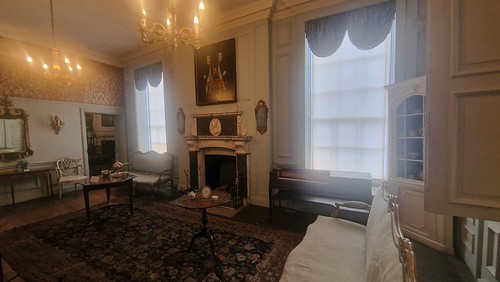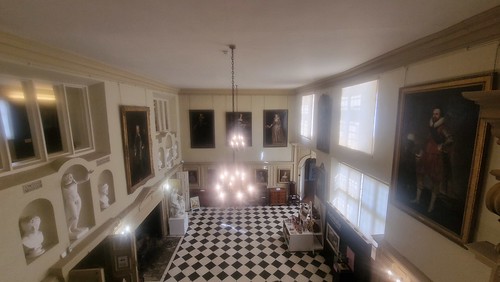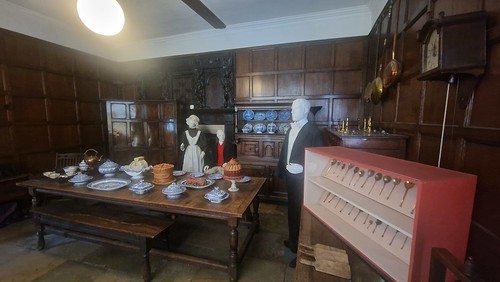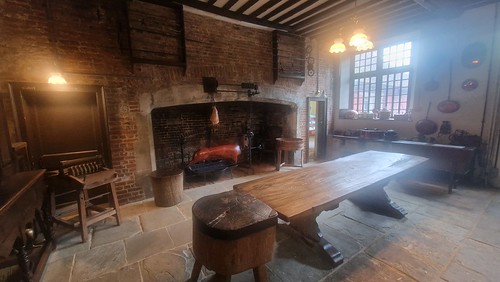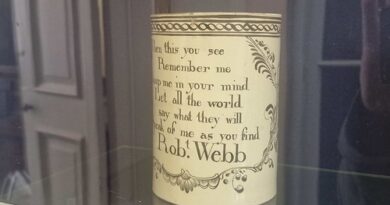Ipswich – Christchurch Mansion
Christchurch Mansion is one of the cultural highlights of Ipswich, a free to enter museum in a grand central former residence. The story of the site begins in the twelfth century when Holy Trinity Priory was built here, but King Henry VIII had some thoughts about that and it closed during the Dissolution of the Monasteries. A London merchant named Paul Withypoll purchased the site and his son started work on building a residential property to be proud of in 1547.
In 1735, the house was purchased by Claude Fonnereau, a London merchant of some considerable means, opening up the gardens to the general public in an early display of upper class kindness. His descendants sold the property to a syndicate of buyers, including Felix Cobbold, who promptly gifted the house to the people of Ipswich. The Ipswich Corporation then purchased the surrounding parkland and it has been used as a museum since 1885.
The frontage of the house and there was a friendly staff member standing inside welcoming visitors to the property.
Many of the rooms have been designed to recreate periods from the past, with this being the Green Room which was intended to provide a semi-public reception area where guests were entertained. It’s from the mid eighteenth century and shows what the room might have looked like in its French style.
The Fonnereau dining room, also laid out in the mid eighteenth century style.
Elements of the old fireplace have been exposed for the delight of modern visitors.
This room was intended to be used as a breakfast room, but they’ve decorated it from around 1700 as if it were the intimate room of a lady or gentleman.
My favourite room which is the library, although there aren’t many books on display at the moment. There was once a billiards table in the room as well, but they designed a billiards room of its own downstairs. Having watched some bar billiards games, I can imagine why they wouldn’t want that noise and excitement in a quiet library area.
The Rococo drawing room which is as it might have looked during the mid eighteenth century.
The state bedroom, which was added to the property by Thomas Fonnereau and he installed some decadent wallpaper. This is as it might have looked at the beginning of the eighteenth century.
The Upper Chamber, which is a 1920s add-on to the building which is used to display items of furniture and architectural features from merchant houses in Ipswich which were being demolished at the time.
Looking down into the grand hall, which is where visitors enter.
Tucked away on the ground floor is the servants’ hall which dates to something around the early nineteenth century.
And finally the kitchen, which was at the heart of the mansion and quite rightly so. In 1896, the Victorian cast iron range was removed to reveal the old Tudor fireplace. Some of the stone on the floor was pinched from Holy Trinity Priory which had been knocked down to build the original house.
This is a fine museum and it’s always positive when they’re able to allow free admission to everyone. It’s well reviewed, although there is a single and quite stupid 1 star review which simply says “not as good as Norwich”. At least Ipswich don’t charge for admissions, unlike the quite expensive Norwich museums, but I won’t dwell on any rivalry between the two county towns.
The staff were friendly and warm, there was enough to see for an hour long visit with plenty of information available within each room. There’s also a gallery of paintings, including some by Gainsborough and Constable, to add to the whole arrangement. All really rather lovely, I enjoyed my meander around the building.

